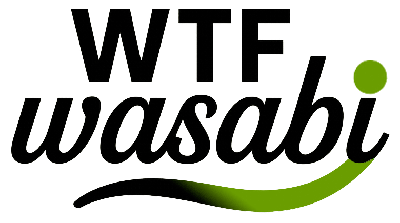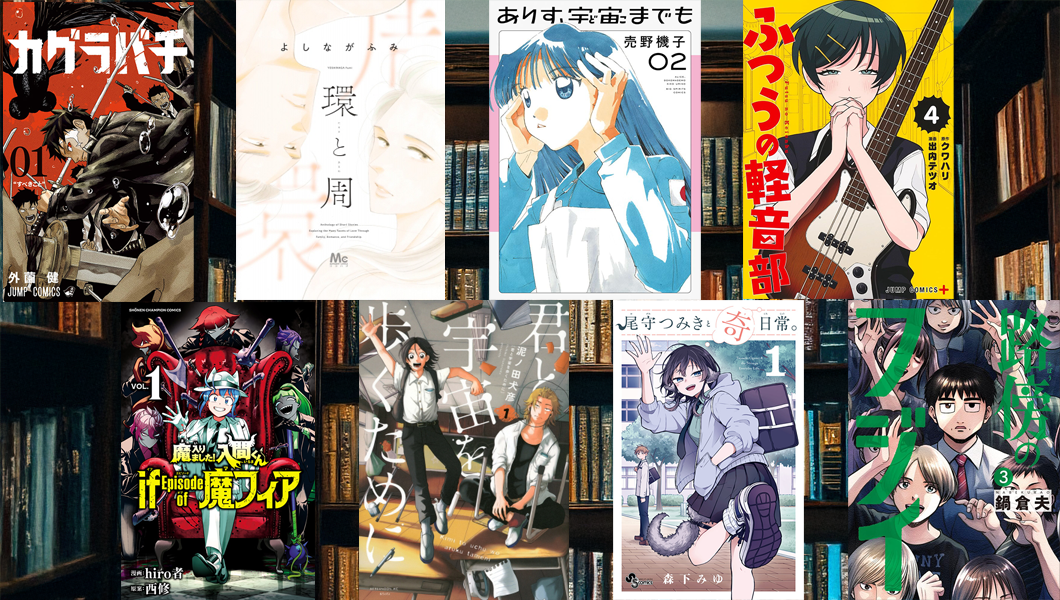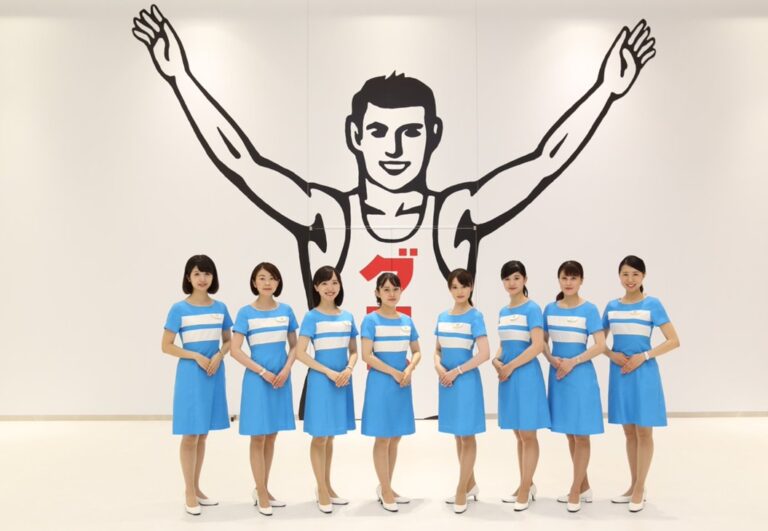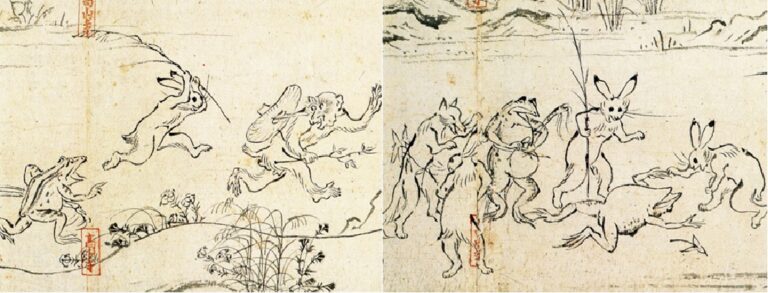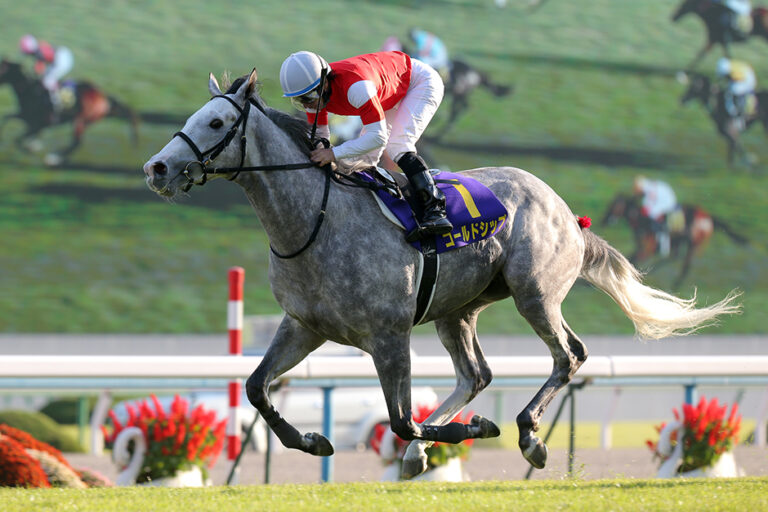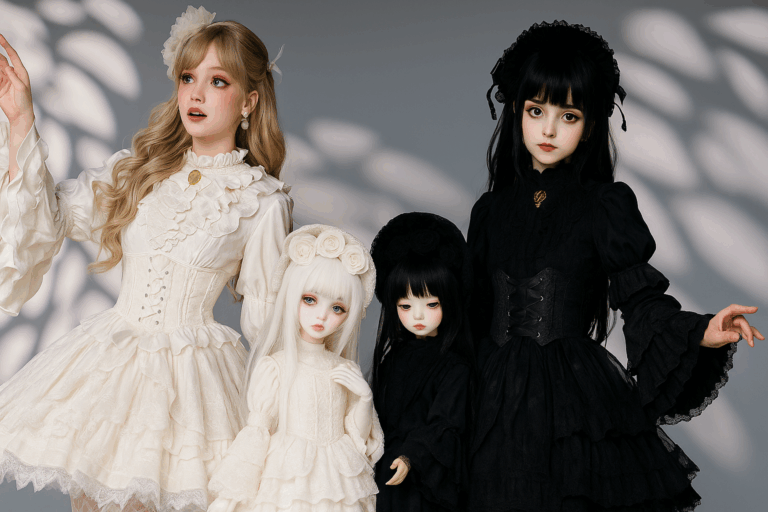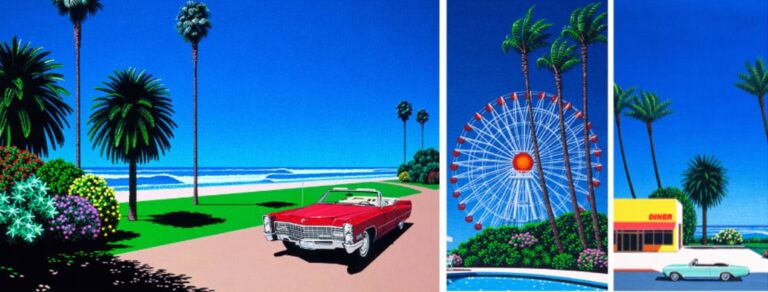How to keep watch on manga awards without missing — key awards to check now and announcement dates
If you want to strike gold on a favorite you haven’t met yet, manga awards are reliable. However, manga awards are not competing on the same field. The purposes, the people who choose, and the axes of evaluation are different. First, hold a “map” — volunteer/expert/user‑participation awards / cultural and public awards / publisher‑run long‑established awards. If you grasp the character of these three, you can see which ones to keep watch on so you don’t miss.
Types of awards and their aims (limited to readers’ side)
Volunteer/expert/user‑participation awards: chosen by bookstore staff, critics, researchers, and general readers. Separate from mere sales rankings, they pick up good works that caught fire via word of mouth and SNS, and show the “wave” to read now ahead of time.
Cultural and public awards: hosted by newspapers and government agencies. In addition to entertainment, they evaluate sociality, artistry, and universality, and honor the cultural value of creators and works.
Publisher‑run long‑established awards: hosted by major publishers such as Kodansha and Shogakukan. With divisions, orthodox heavy hitters tend to win; suitable for holding down the standard lineup.
Major volunteer/expert/user‑participation awards
Manga Taisho (2008– / Manga Taisho Executive Committee)
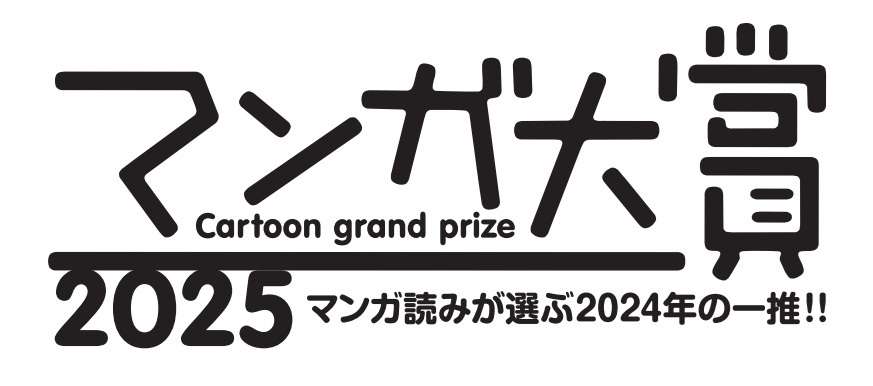
It started with the banner of choosing “manga you want to recommend to friends.” The initiator is Nippon Broadcasting System announcer Yoshida Hisanori. The goal is “the Naoki Prize of manga.” To keep distance from profit and interests, people with a direct stake such as active mangaka and in‑house editors are in principle kept out of selection; volunteers centered on bookstore staff and related persons run it. Selection work and site operation run on a volunteer basis — a “hand‑made” grand prize.
Target and timing: tankobon published in the previous year (1/1–12/31) with up to 8 volumes. Nominations in January, grand prize announced in March. E‑books included.
How it is chosen: in the first round, each selector recommends “five works they definitely want to recommend.” The top 10 become nominees, and all selectors read all nominees, then vote for top 3 (added‑point aggregation). The total decides the grand prize.
Why it is worth watching: the on‑site sense of bookstore staff works, so not only top sellers but also works beginning to grow via SNS and word of mouth come onto the stage. The design of limiting to up to 8 volumes is to secure “catch‑up‑able fun” for new readers.
— Representative examples: Chihayafuru, Silver Spoon, Blue Period, Frieren: Beyond Journey’s End.
Kono Manga ga Sugoi! (2005– / Takarajimasha)
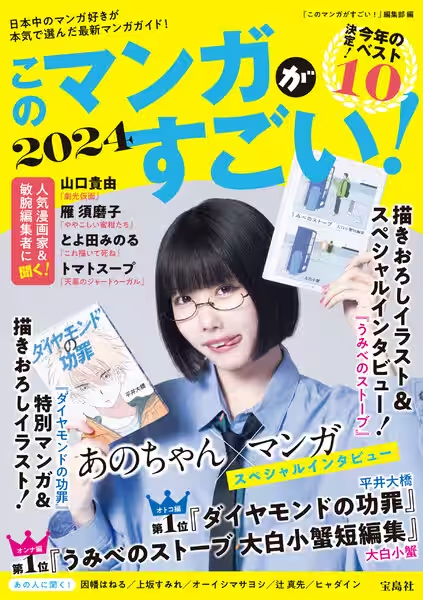
Originally a mook special project. The December issue each year is the announcement as is. 70–200 participants such as editors, bookstore staff, critics, university manga clubs, writers, creators, and students vote with ranking on five works they most want to recommend from titles whose tankobon were released between Oct 1 of the previous year and Sep 30 of the issue year. Points are 1st=10, 2nd=9, 3rd=8, 4th=7, 5th=6 (some participants use lighter points). The magazine organizes rankings separately for “Men’s” and “Women’s.”
Why split? Because readership of shonen/seinen magazines is large and votes concentrate. By splitting divisions, masterpieces in shojo and ladies’ fields become visible and tend to enter high ranks. Influence is high; after ranking‑in, reprints and obi notices spread quickly. On the other hand, because it is an questionnaire method, already popular works tend to dominate the top — a standing issue.
— Representative examples (men/women): Attack on Titan, Chainsaw Man, SPY×FAMILY / NANA, Chihayafuru, Do Not Say Mystery.
Tsugi ni Kuru Manga Taisho (2014– / niconico × Da Vinci = KADOKAWA group)
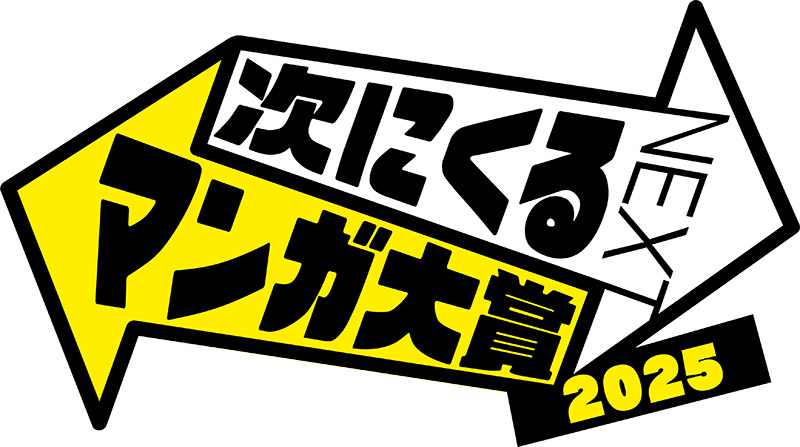
It was born to make an index for “what will come next,” not “what is selling now.” It began with two divisions, “manga we want to sell from now” and “web manga we want to make into books,” and now has Comics Division (commercial works, up to 5 volumes) and Web Manga Division.
How it is chosen: on the official site (for the 1st year, the niconico official channel), general readers recommend works they think will come next. The executive committee (centered on Da Vinci editors) selects nominees, and general voting decides final ranks. The top 3 in each division are Hall of Fame. Announcement is around late August.
Special prizes: U‑NEXT Prize (2019–), “Frozen Foods are Nichirei” Prize (2024–), Global Special Prize (2021–; in 2023 for “English‑speaking” and “Traditional Chinese” regions).
Why it is worth watching: The process is user‑participation and transparent. At the same time, bias from SNS exposure and existing popularity is easy to ride. The hosts are KADOKAWA‑related, with high affinity to media mix connecting publishing and anime, so it is suitable for reading signs of animation/live‑action adaptation. In fact, many top works later became books or were adapted, i.e., they “really came.”
— Representative examples: My Hero Academia, Kaguya‑sama: Love Is War, The Apothecary Diaries, Oshi no Ko, Kagurabachi.
“Recommended Comics Chosen by Bookstore Staff Nationwide” (2006– / Nippan) [extra]
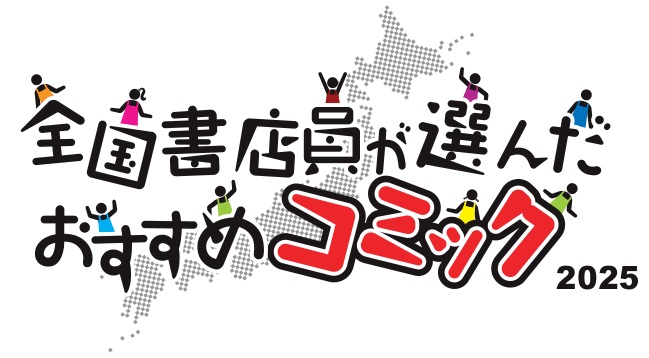
An approximately 1,100 bookstore staff questionnaire ranks works people “want to recommend.” Target is up to 5 volumes. From 2020 there is also a Sports Division. After the announcement, in‑store fairs increase exposure, leading easily to the first one book for readers who are undecided.
Cultural and public major awards
Tezuka Osamu Cultural Prize (1997– / The Asahi Shimbun Company)
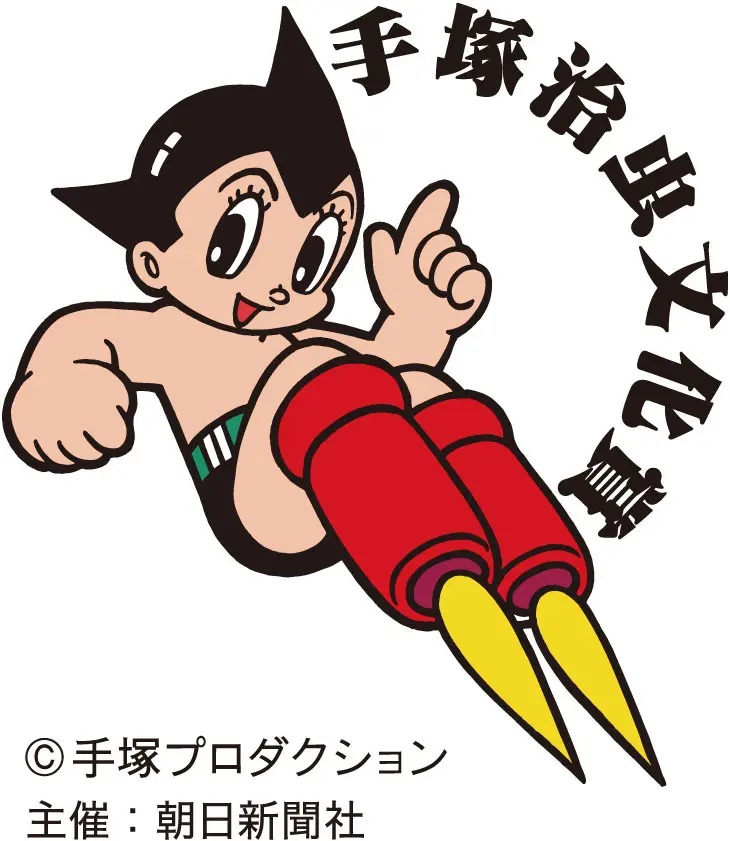
Established in memory of Osamu Tezuka with the banner of “sound development of manga culture.” Selection committee members are not “industry grandees” but people who currently read a lot of manga. Transparency is also a feature: recommendations and votes are public. Target is works published as tankobon in the previous year (serials without tankobon are excluded).
Process: In the first stage, for candidates recommended by related persons and general readers, judges freely allocate 15 points (max 5 to any one work). Top‑ranked become nominees. After that, by judges’ consensus the Grand Prize, New Creator Prize, Short Work Prize, and Special Prize are decided. First stage around February / results late April / award ceremony June.
Character: The unit of commendation is basically the creator, with representative or recent works cited as grounds. Selection often consciously takes a “Tezuka‑like” viewpoint (sociality, universality, message), so theme‑driven creators tend to be stronger than gag or everyday comedy.
Prizes: Formal prize is a bronze modeled on Astro Boy by sculptor Yokoyama Makoto. Sub‑prizes: Grand Prize ¥2,000,000, New Creator/Short Work/Special ¥1,000,000 each.
Column: Japan Media Arts Festival, Manga Division has ended (1997–2022)
As a division of a festival hosted by the Agency for Cultural Affairs, it selected a wide range of works not limited to publications and introduced them domestically and abroad. Ended in 2022. Rather than a current index to follow, hold it as a historical point of reference to see the terrain.
Publisher‑run long‑established awards (key points only)
Kodansha Manga Award has three divisions: shonen, shojo, and general. Candidates in early April / results in early May. Shogakukan Manga Award has four divisions: children’s, shonen, shojo, and general; magazines, tankobon, and web are all eligible. Both are effective for holding down orthodox heavy hitters.
This is the manga award you should check! (with self‑diagnosis)
First, self‑diagnosis:
- You track 20+ new volumes each month / you like strong‑theme works → Hardcore layer
- You follow talked‑about and award winners but can’t cover all → Fan layer
- You recently got into manga and don’t want to miss → Beginner layer
Recommendation map (with reasons):
- Hardcore layer: Tezuka Osamu Cultural Prize (reaches the core of sociality and universality) / (ref.) former Media Arts Festival
- Fan layer: Tsugi ni Kuru Manga Taisho to anticipate the “next wave,” plus Kodansha/Shogakukan to complement the orthodox.
- Beginner layer: Manga Taisho to catch “want to recommend now,” plus Kono Manga ga Sugoi! to overview the year’s tide. If lost, use Bookstore Staff Nationwide as a guide.
Announcement dates
- Manga Taisho: nominations January / announced in March (target = previous year 1/1–12/31, up to 8 volumes)
- Kono Manga ga Sugoi!: December mook publication = announcement
- Tsugi ni Kuru Manga Taisho: around late August
- Tezuka Osamu Cultural Prize: first stage February → late April results → June ceremony
Minato’s note: We will also organize the past three years of winners and whether English editions exist. If not, we will mark “not yet” — we will see it through to the “can buy and read” problem.

Born in Japan, raised in Toronto. I dive deep into anime, pop culture, and history — bringing both otaku vibes and global views.
